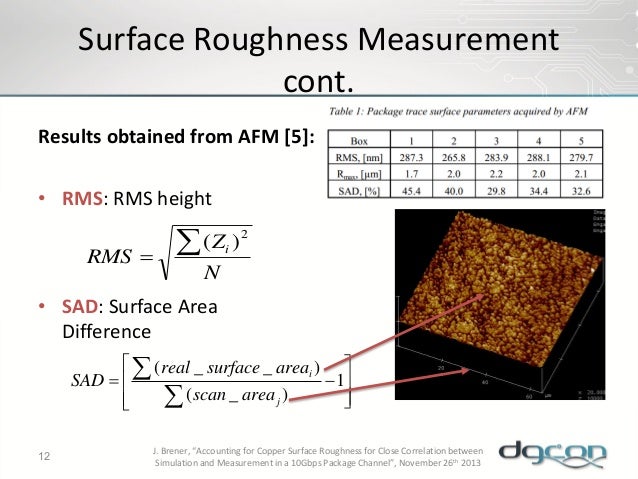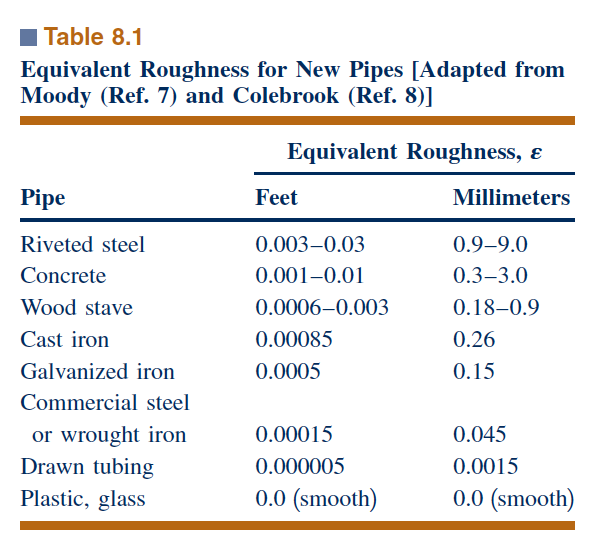

It was just two layer boards, and made the photo tools, what we call photo tools through the positives and negatives, to make the boards.

Then you taped up the Mylar after, and took photo reduction. It was, you laid it out with Mylar paper.įirst did it with pencil, colored pencils, red and blue.
#Roughness of flycut copper how to#
I learned how to do that, and back then, there wasn't CAD, like we know today.

My task, we had a small team, three of us, I started doing the actual layouts in PCB layout. Actually, when I first joined Bell-Northern Research, I worked on T1 line repeaters. As I said, I graduated electronic technologist. I started more so specializing in that, and since then, I've been focusing mainly on signal integrity and started my own business in 2009, Lamsim Enterprises, where I do consulting now for clients.ĭo you consult in board design? Is it signal integrity? Is it a little bit of both? I mean, are you in the layout tool laying stuff out every day? The end, I specialized in back plane design and signal integrity. It transitioned over to Nortel in the late '90s, and held a variety of engineering and different positions there. I got a job up in Ottawa, Canada, for Bell-Northern Research, and I stayed there pretty much my whole career.

We did my microprocessor systems back in the late '70s, and that lasted not too long. Yes, I'm a graduate from Mohawk College in Hamilton, and I've been involved with a lot of different things. You are well known in the signal integrity community, as someone who has very eloquently explained stubs, and someone who's very eloquently dealt with roughness on interconnects, and then also on the plane, which I think people don't often think about, but maybe before we talk about some of your work in those areas, and any other areas, maybe you can introduce yourself for the viewers. We've chatted over LinkedIn a little bit and guys like you always keep me on my toes, so I appreciate that. Bert, thank you so much for joining me today on the OnTrack Podcast. Bert Simonivich is a well known signal integrity expert, and someone who I have cited in quite a few conferences and papers, and I'm very excited to talk to him because it's not very often that you get to talk to somebody who you have cited. I am your host, Zach Peterson, and I am here today with Bert Simonivich, of Lamsim Enterprises. Hello everybody, and welcome to the Altium OnTrack Podcast. And those are the two parameters that are needed for the Huray Model. But if I know the height of the stack of spheres, of 14 spheres, I can figure out what the radius of a sphere is, and then the base area of it. I came up with stacking of spheres, different arrangements, and a hexagonal arrangement, or what I call now, the Cannonball Stack, which is a different stacking of spheres. on LinkedInĬlaim the special offer for Podcast listeners only Read Bert’s DesignCon Paper: A Practical Method to Model Effective Permittivity and Phase Delay Due to Conductor Surface Roughnessįollow Lamsim Enterprises Inc.What does reverse treated foil means, and how does it relate to the power layer?.Bert and Zach agree that PCB construction is complicated and it is highly recommended for PCB designers and SI engineers to learn more about the fabrication process.HDP user group international published a research paper Smooth Copper Signal Integrity in 2016.Bert gives a detailed explanation of how copper is being used in PCBs.Cannonball technique is a roughness modeling approach which Bert also described as a heuristic method.Bert explains the Design Feedback Method.With various PCB surface roughness models, how to determine which process to move forward with?.A client’s demand led to extensive research involving dielectric material comparisons and foil roughness.His experience helped him understand the mechanics of PCB construction Bert retrospects using photo tools which is now the photo plotting with Gerbers.In the 90s he transitioned to Nortel from where he specialized in backplane design and signal integrity.He did his microprocessor systems back in the late '70s and later worked at Bell-Northern Research in Ottawa, Canada.Bert shares his background and experience.We will be discussing several topics relating to copper roughness, including different approaches to ensure signal integrity in your PCB design.ĭownload this episode (right-click and save) Bert developed the "Cannonball-Huray" model used for transmission line loss modeling, which has been adopted in several popular EDA tools. I am very honored to have Bert Simonovich, a very well-known expert in the signal integrity community, in today’s episode.


 0 kommentar(er)
0 kommentar(er)
